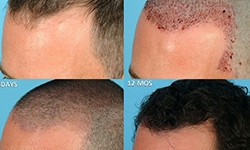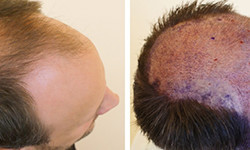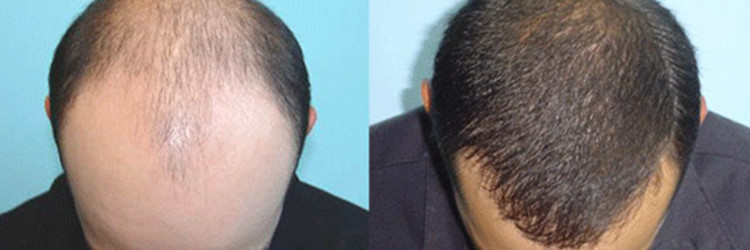The advent of hair transplant treatment has completely transformed the way in which people deal with their hair loss problems. Essentially, a hair transplant is a procedure that involves grafting the hair from one part of the scalp (that is unaffected by hair loss or hair thinning) to the part affected by hair loss or thinning.
If you have been on the lookout for the best hair transplant method in India, here’s an overview to help you make informed decision.
1. What type of hair transplant is best?

2. What is the Follicular Unit Transplantation (FUT) method?

3. What is the Follicular Unit Extraction (FUE) method?

Depending on the type of hair loss that you’re dealing with, your dermatologist will recommend one of these two hair transplantation methods and the hair care tips to follow after the treatment.
Reference Link –
1. FUT or FUE — Which hair transplant is right for you?-http://www.thehealthsite.com/beauty/what-kind-of-hair-transplant-is-right-for-you/
2.Hair transplant- http://www.nhs.uk/Conditions/cosmetic-treatments-guide/Pages/hair-transplant.aspx














